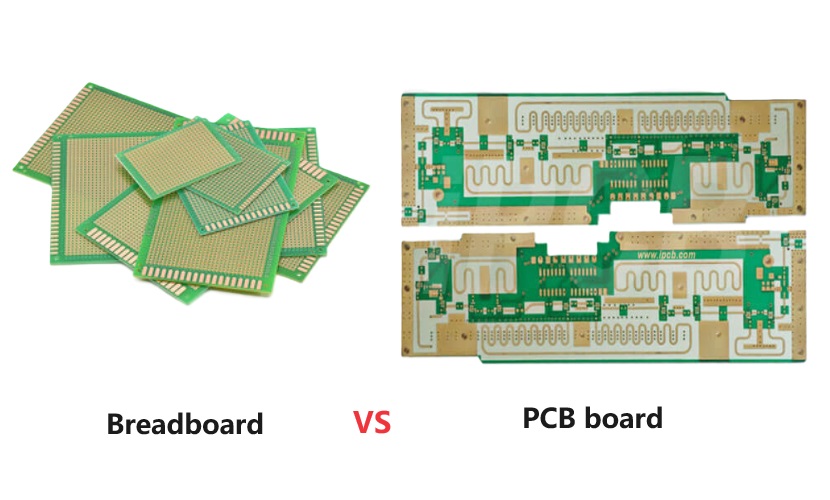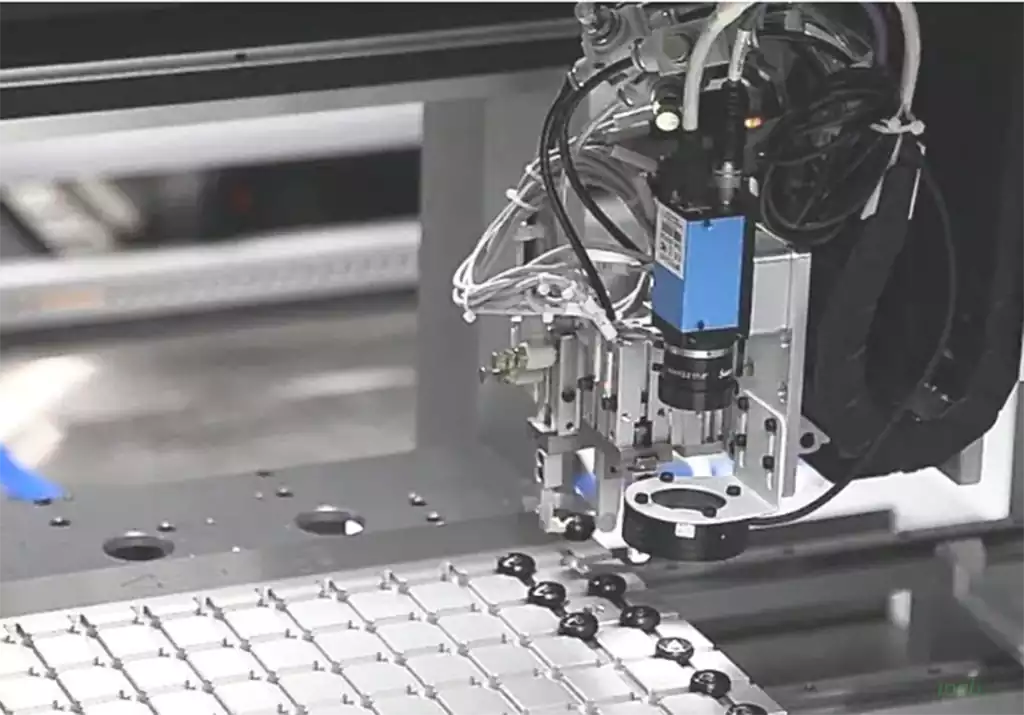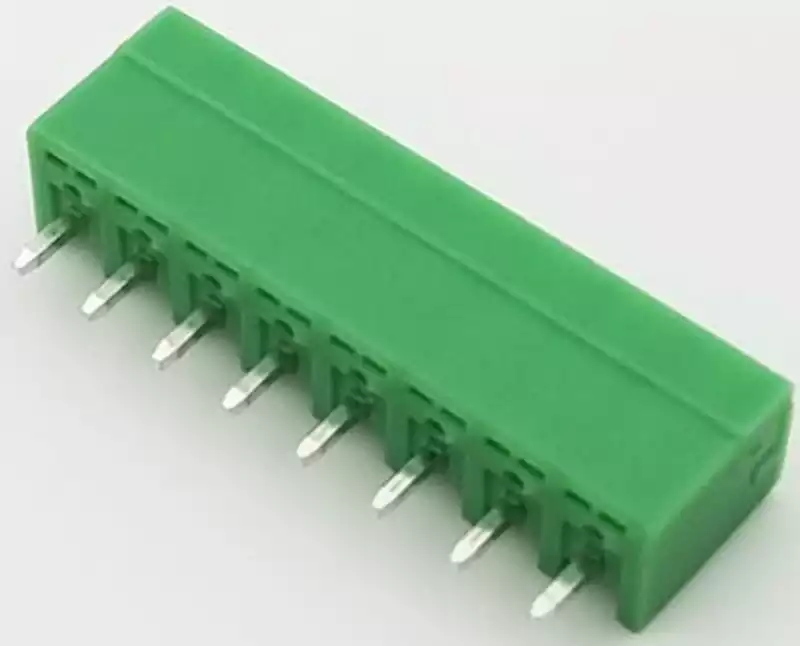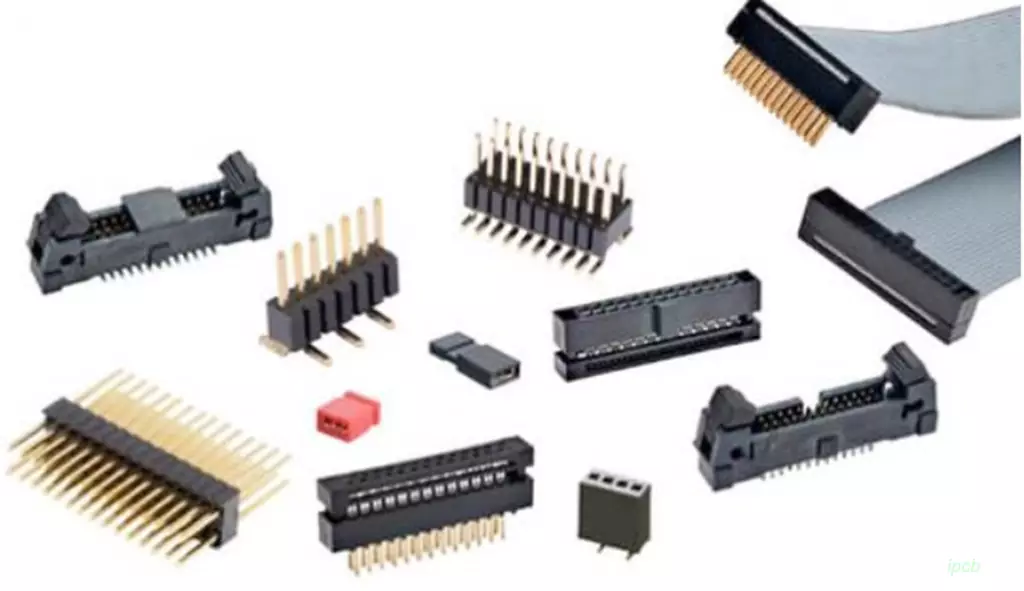PCB board vs. Breadboard, each with their pros and cons, make it difficult to decide which is best for you.
PCB boards (PCBs) are an integral part of all electronic devices and are circuit boards that provide circuit connections. Various electronic components are soldered to the circuit board according to customized requirements. Breadboards, also known as prototype boards, are single- or double-sided solderless boards with holes for components and wire terminals. You can change them later if needed. Breadboards are not project-specific and are readily available. It is called a breadboard because in the early days, people attached nails or screws to pieces of wood to connect circuits, and the pieces of wood were usually the boards on which they cut the bread.

Advantages of PCB boards:
PCBs are low cost and easy to mass produce
They are reworkable and widely available
PCBs have excellent shelf life and low electrical noise
They have compact dimensions
PCBs inspection time and errors are reduced
Shorter assembly time compared to other boards
No chance of loose connections
Reduced short circuit errors
Easy replacement of faulty components
Shared uniformity of electrical characteristics
Easier maintenance
Mechanized facility for component wiring and assembly
Better reliability and performance than other circuit boards
Advantages of Breadboards:
Easy and fast checking of complex circuits
Easily verified circuits at the initial stage
Time saving
Easy to adjust
Increased flexibility without drilling
No soldering required
Easy commissioning
Solderless connections make them reusable
Inexpensive and easy to replace connections
Simple component inspection

Should you use a PCB board or a breadboard?
Sometimes you will use a breadboard on a PCB. Depending on what you are doing and where you are in the process, this will help you decide when to use a breadboard or a PCB board.
Often, breadboards can be used to connect circuits for testing. Therefore, since the board is not permanent, the circuit can be moved without damaging the board. However, this is the minimum current capacity, so you’d better prepare for the job before developing the actual board since it’s not a permanent board.
As you know, PCB boards can be used in actual electronic devices. Finally, after testing the breadboard and finding the perfect design for your project, you can develop the breadboard into a PCB board. Undoubtedly, PCB is a permanent device in electronics because it requires soldering, so the board is widely used in your electronic projects.
How to turn a breadboard into a PCB?
1.Create a project in the Virtual Breadboard (VBB) software. Download the application and set up the breadboard template.
2.Lay out the breadboard circuit. Simply convert a regular breadboard circuit into an original PCB layout using digital electronic components such as resistors, diodes, wires, and so on. You should have specialized knowledge of how to perform this operation. However, assuming you understand basic electronic principles, you can successfully place components to create a workable design.
3.Simulate the layout. This is an optional stage, but you can run a simulation of the newly created design. In most cases, the program will show you whether your layout will work as expected after it is actually built.
3.Converting a breadboard Layout to a PCB Layout. To do this, you simply click on PCB Direct Preview. You will then receive a PCB-like layout that you can actually use to design the PCB. Drill holes, mount components and connect them with copper traces.
You have to try out the PCB design before you can actually start manufacturing the board. Breadboard saves you time and gives you the opportunity to try out the layout in a safe way. If your design is successful, you can manufacture a PCB with the same layout and place it in your electronic device.
PCB boards and breadboards are indispensable tools in electronics. They each serve a specific purpose and fulfill different skill levels and project requirements. By understanding their strengths and weaknesses, you can make an informed decision about which platform to use for your next electronics project.
In summary, PCB boards provide stability, durability, and flexibility for permanent or complex projects, while breadboards provide a solder-free, beginner-friendly, and quickly adaptable platform for rapid prototyping and experimentation. Your choice between the two will depend on your project goals, your level of expertise, and your preferred workflow. Whichever way you choose, PCB boards and breadboards are important allies in the field of electronic innovation.



